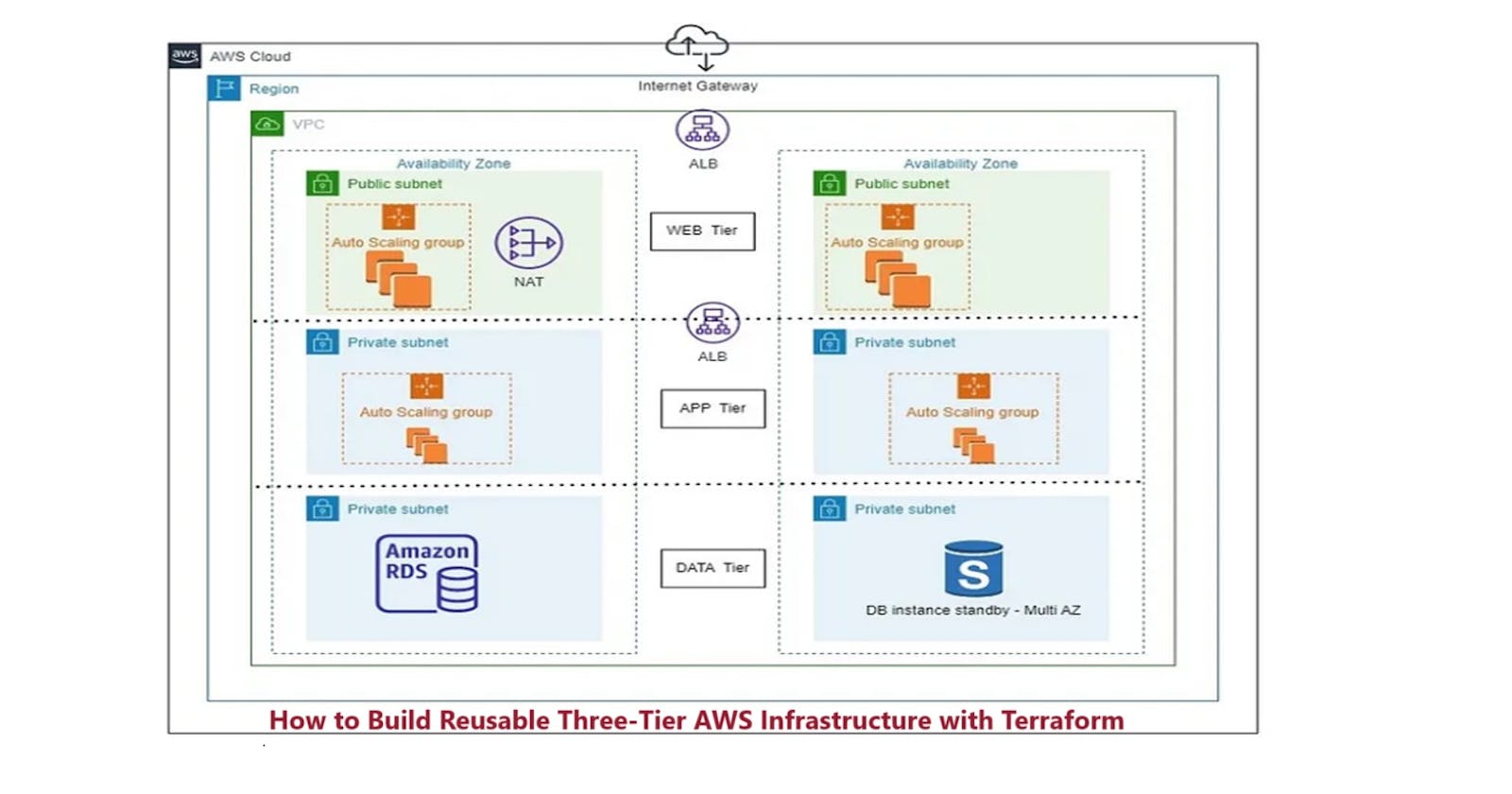In the realm of web development, the 3-tier architecture stands tall as a fundamental blueprint for building robust and scalable applications. Let's delve deeper into each layer and the steps involved in setting up this architecture on AWS using Terraform:
1. Presentation Layer (User Interface - Web Tier)
What is it? This layer is the face of your application, where users interact with your website.
Steps to Set Up:
Create Web Tier Configuration: Define the configuration for web servers using Terraform.
Set Up Public Subnets: Establish public subnets to host web servers accessible to users.
Configure Security Groups: Define security groups to control inbound and outbound traffic to web servers.
Implement Load Balancers: Set up application load balancers to distribute incoming traffic across web servers.
2. Application Layer (Business Logic - App Tier)
What is it? This layer processes user requests, handles business logic, and performs computations.
Steps to Set Up:
Define App Tier Configuration: Specify configurations for application servers using Terraform.
Create Private Subnets: Establish private subnets to host application servers, inaccessible to users.
Configure Security Groups: Set up security groups to manage access to application servers.
Deploy Load Balancers: Implement internal application load balancers to distribute traffic among application servers.
3. Data Layer (Data Storage - Database Tier)
What is it? This layer stores and manages data required by the application securely.
Steps to Set Up:
Configure Data Tier: Define configurations for the data tier, including database setup using Terraform.
Establish Private Subnets: Create private subnets to host database instances, ensuring isolation from external access.
Set Up Security Groups: Define security groups to control access to the database instances.
Deploy Database: Implement a multi-AZ Relational Database Service (RDS) for data storage and management.
Setting Up the Architecture on AWS Using Terraform
Prerequisites:
Install and configure the AWS CLI with your AWS account credentials.
Install Terraform on your local system.
Prepare a text editor such as Visual Studio Code for editing configuration files.
Steps:
Root Module Setup:
Create necessary files:
provider.tf,terraform.tfvars,variables.tf,outputs.tf,networking.tf,web.sh,app.sh,backend.tf.Define provider settings, variables, and outputs in respective files.
Configure networking aspects such as VPC, internet gateway, subnets, and route tables.
Configure Terraform state file backend in
backend.tfto define where to store the Terraform state file.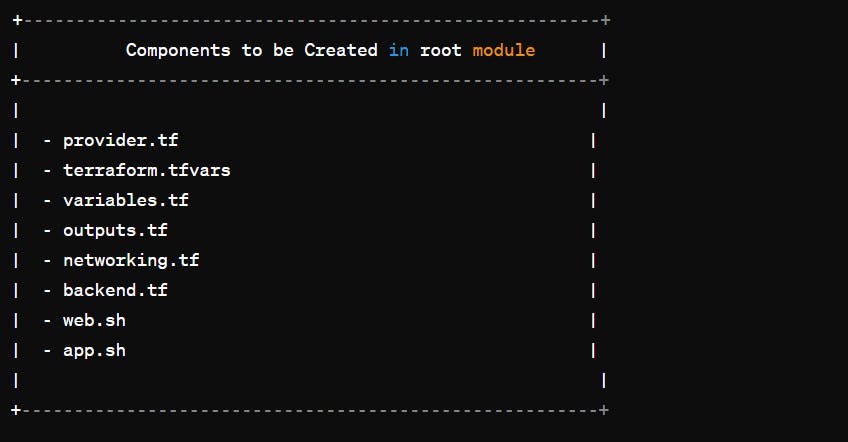
Web Tier Configuration:
Define configurations in
webTier.tffor setting up public subnets, security groups, and load balancers for the web tier.
App Tier Configuration:
Specify configurations in
appTier.tffor private subnets, security groups, and internal load balancers for the application tier.
Data Tier Configuration:
Configure
dataTier.tffor private subnets, security groups, and RDS setup for the data tier.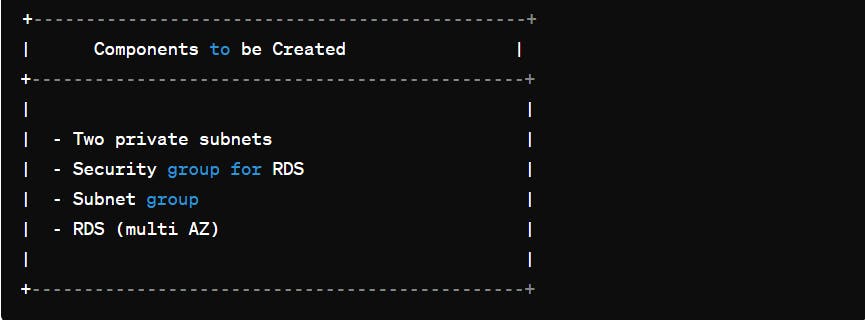
Reusable Modules:
Define reusable modules for various resources like load balancers, auto-scaling groups, security groups, etc., for better code organization and reusability.

Apply Terraform Configuration:
Initialize Terraform:
terraform init.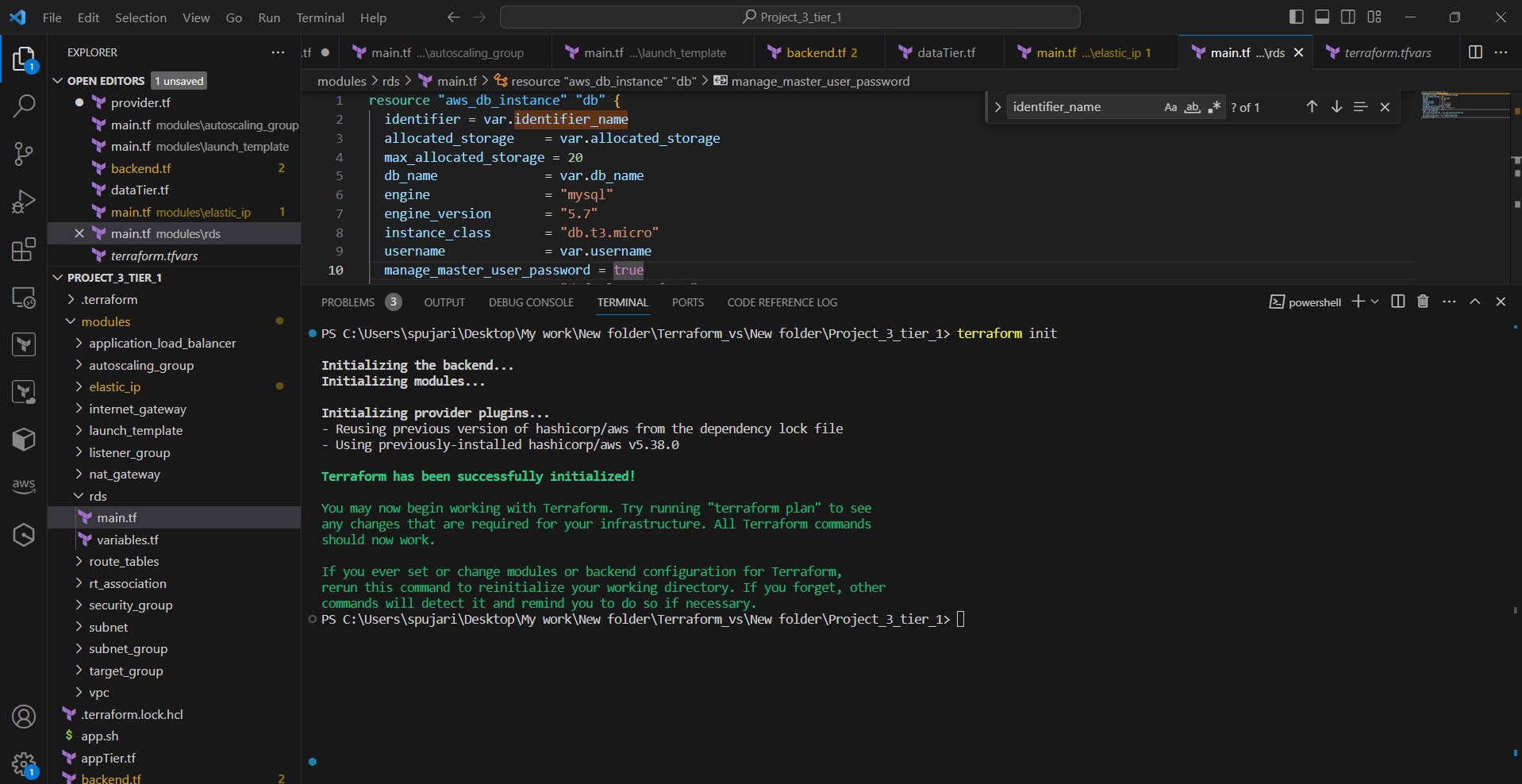
Plan execution:
terraform plan.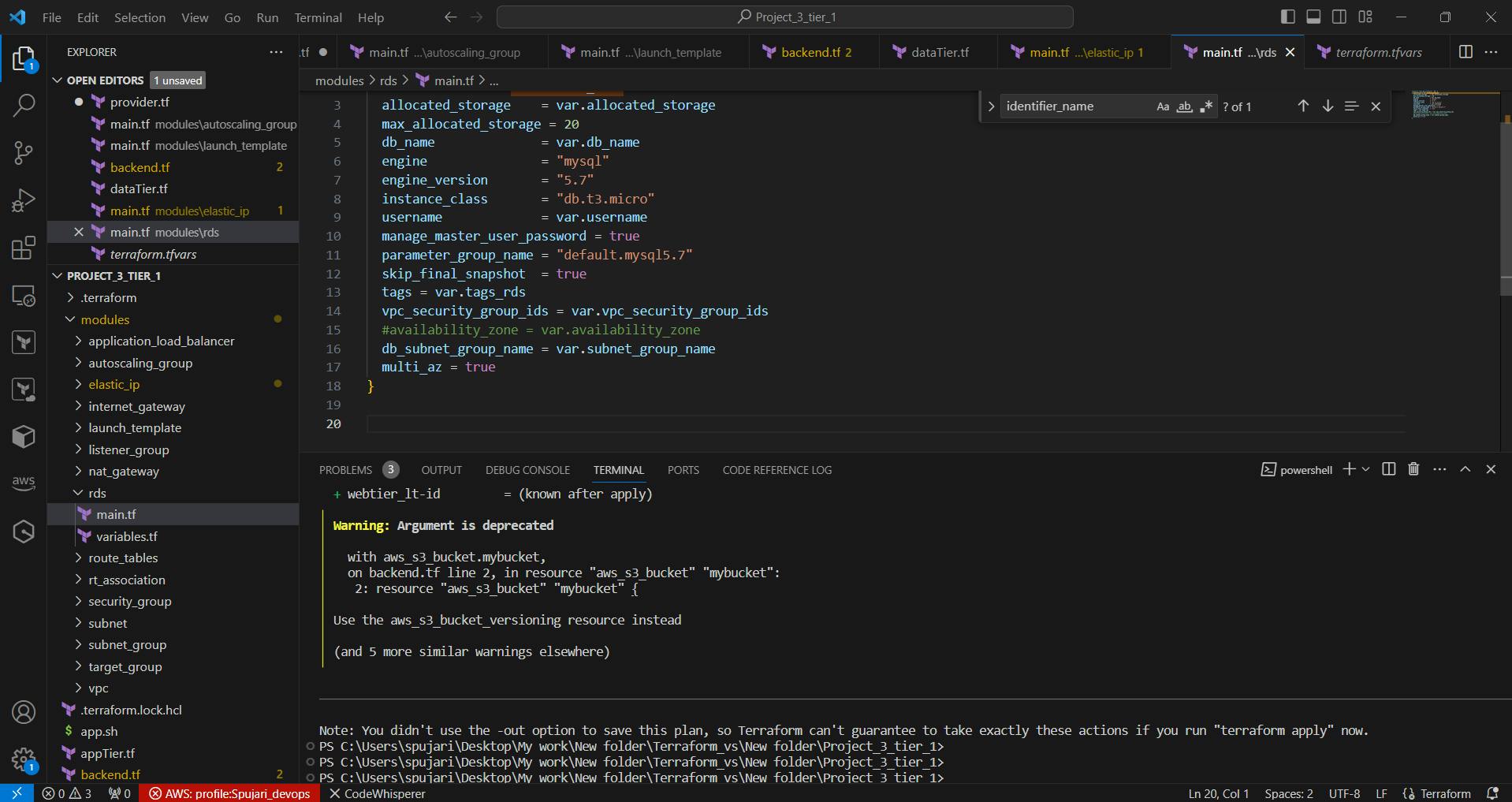
Apply changes:
terraform apply.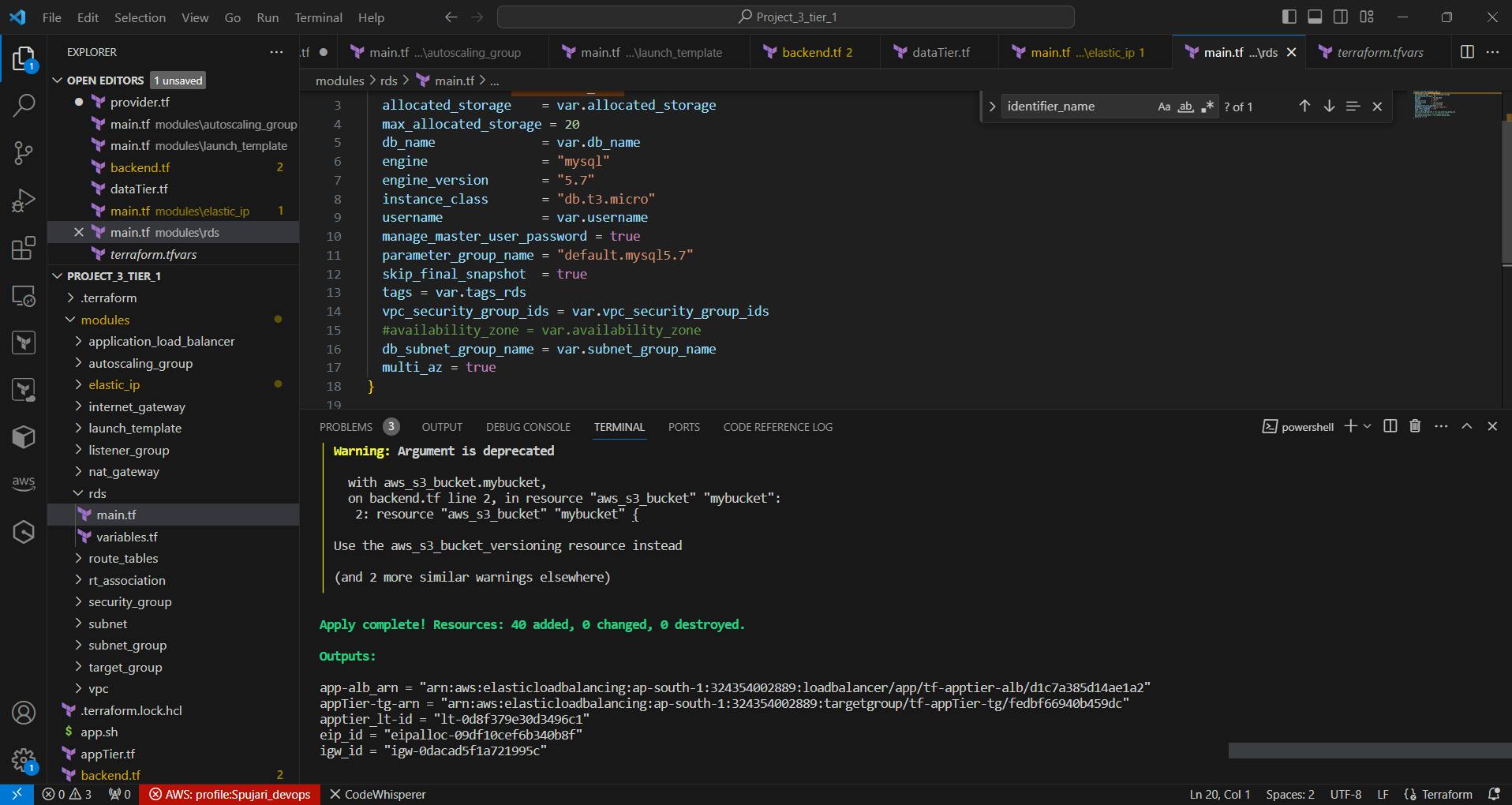
Below Key Resources Created in AWS :
Virtual Private Cloud (VPC)
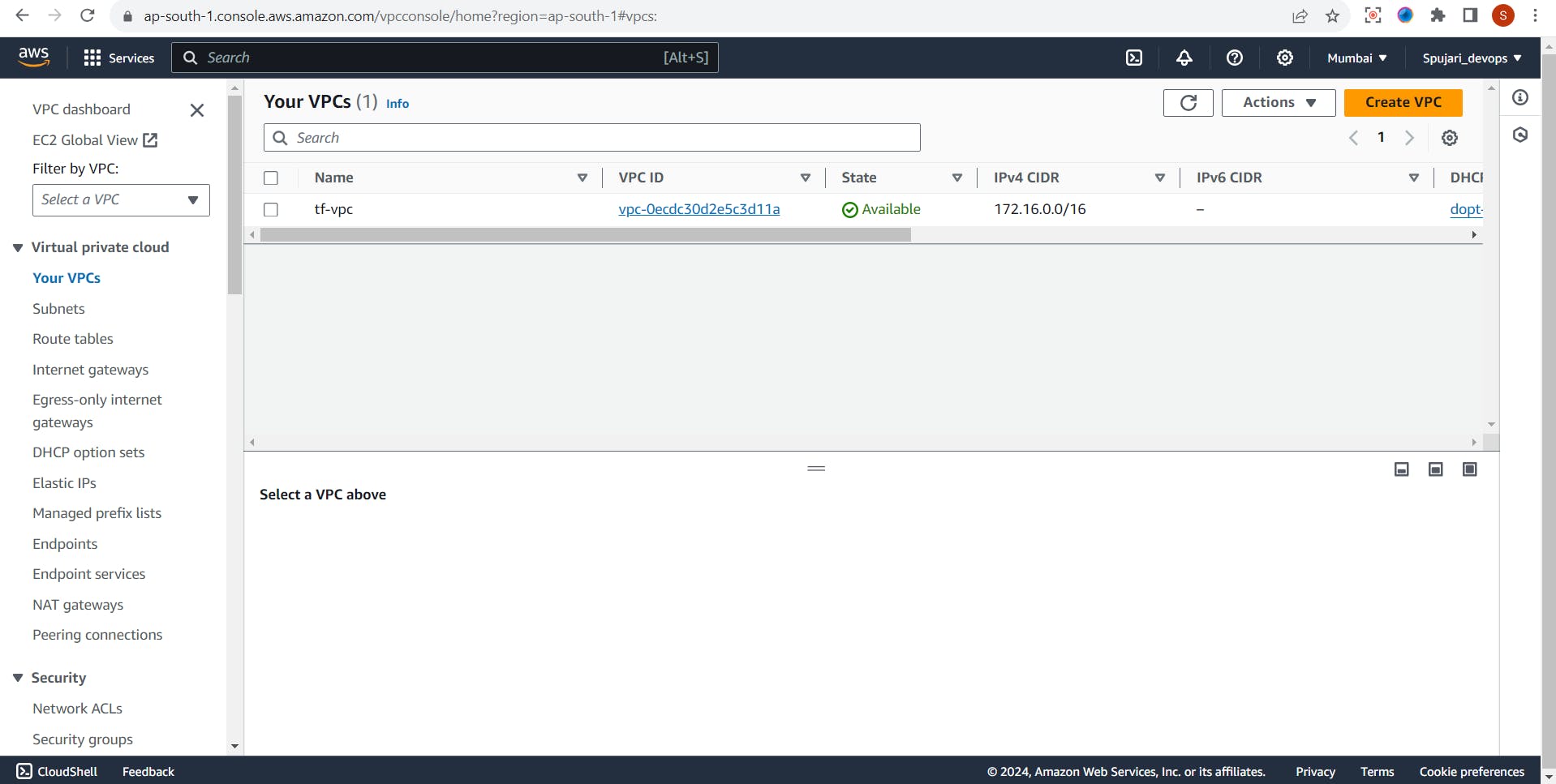
Public and private subnets
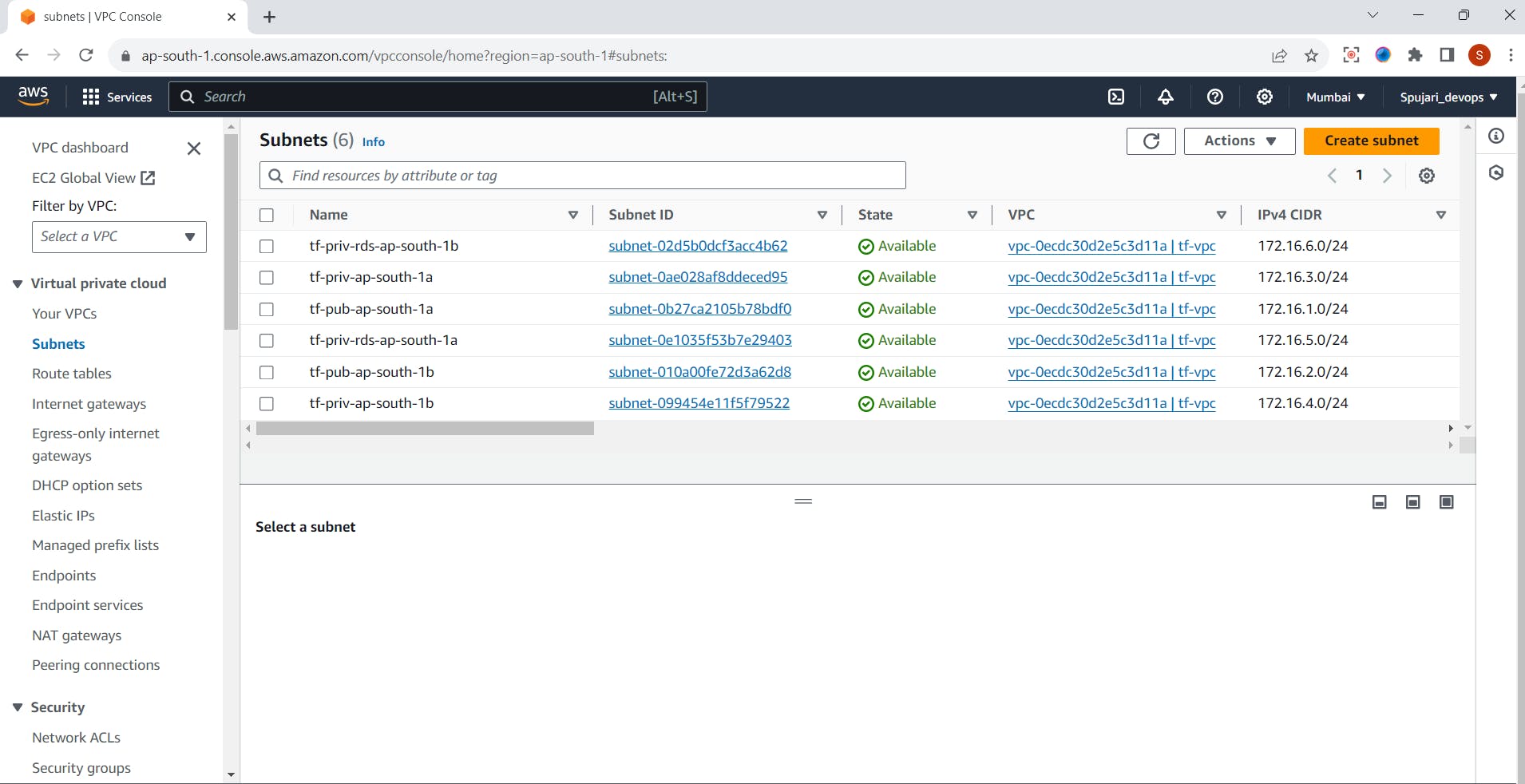
Internet gateway

Nat Gateways
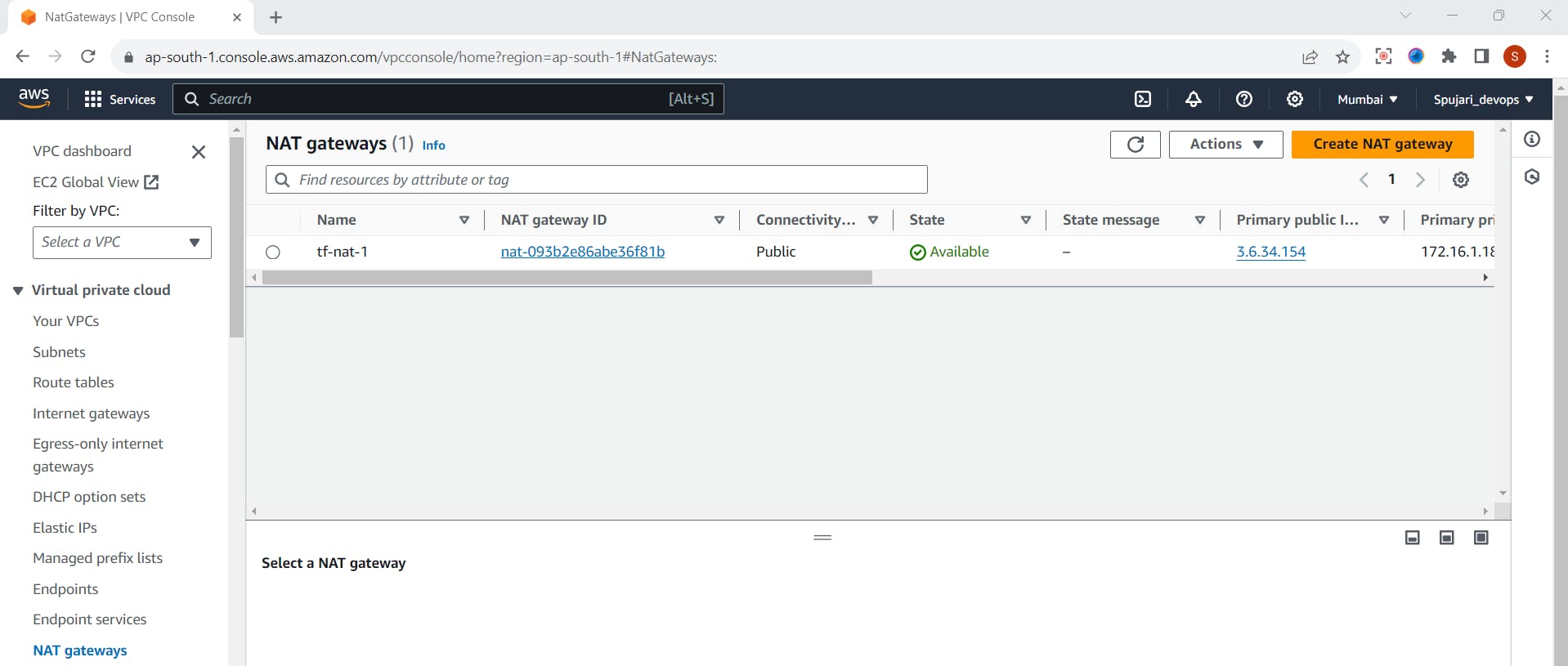
Route table

Elastic IPs

EC2 Instance
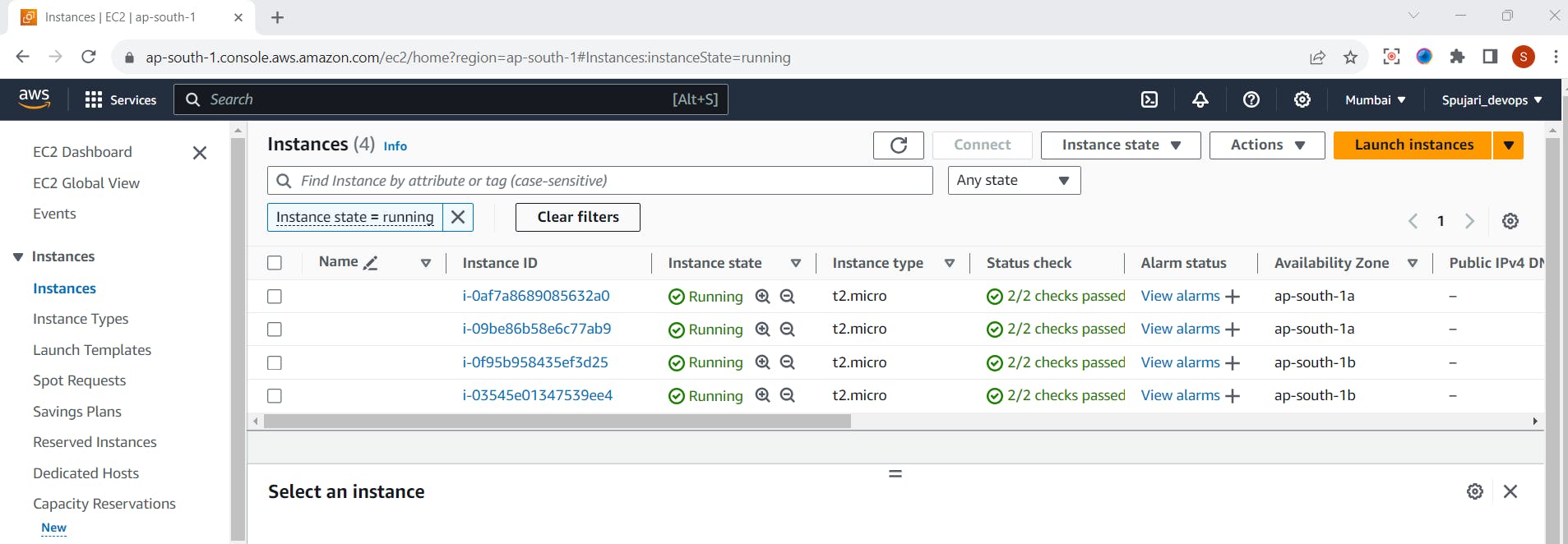
Application load balancers
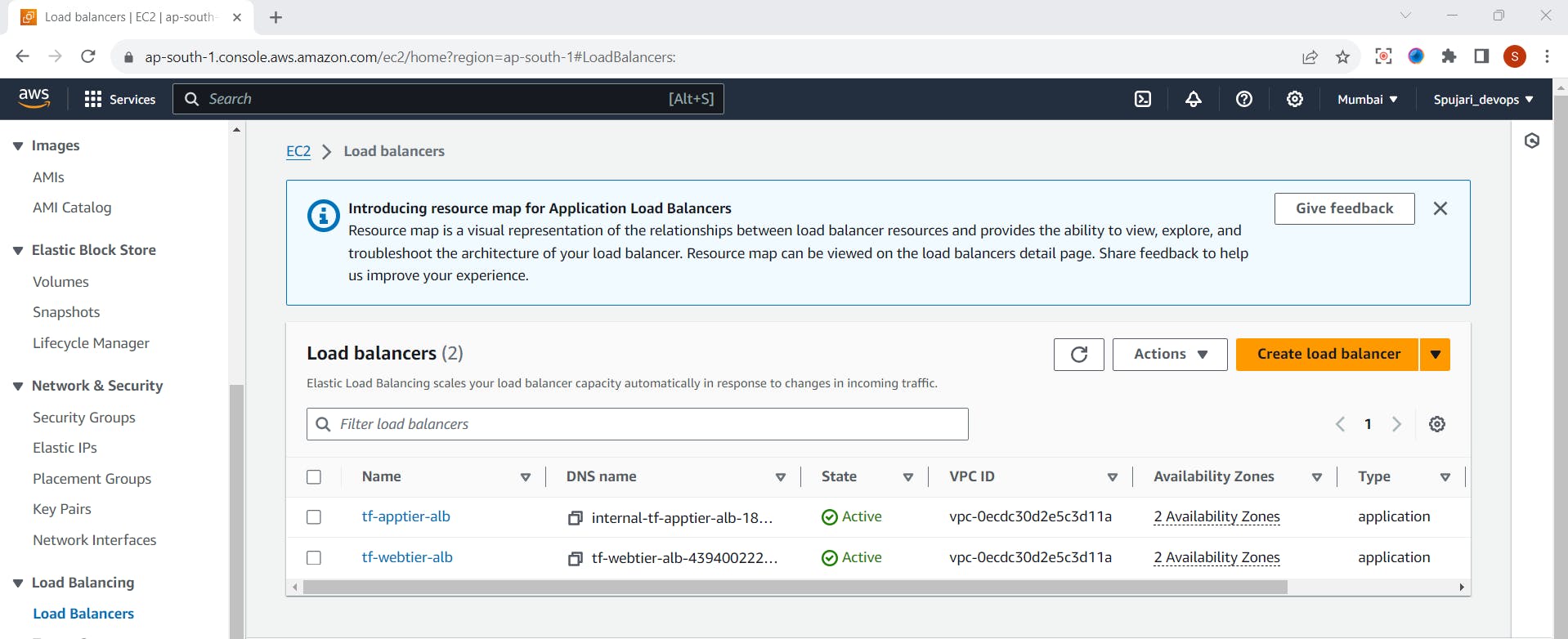
Auto-scaling groups
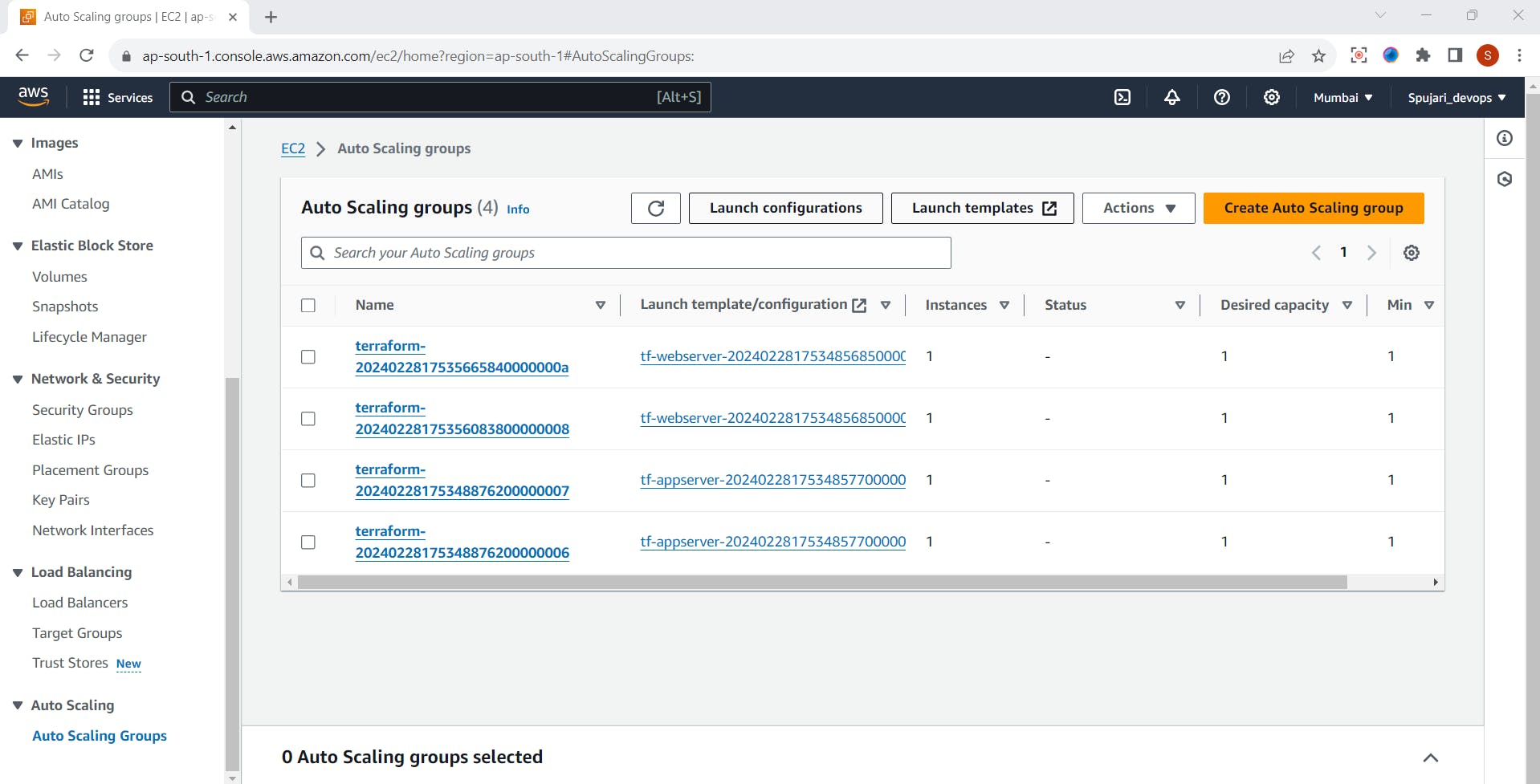
launch templates

Security groups for network and instance security
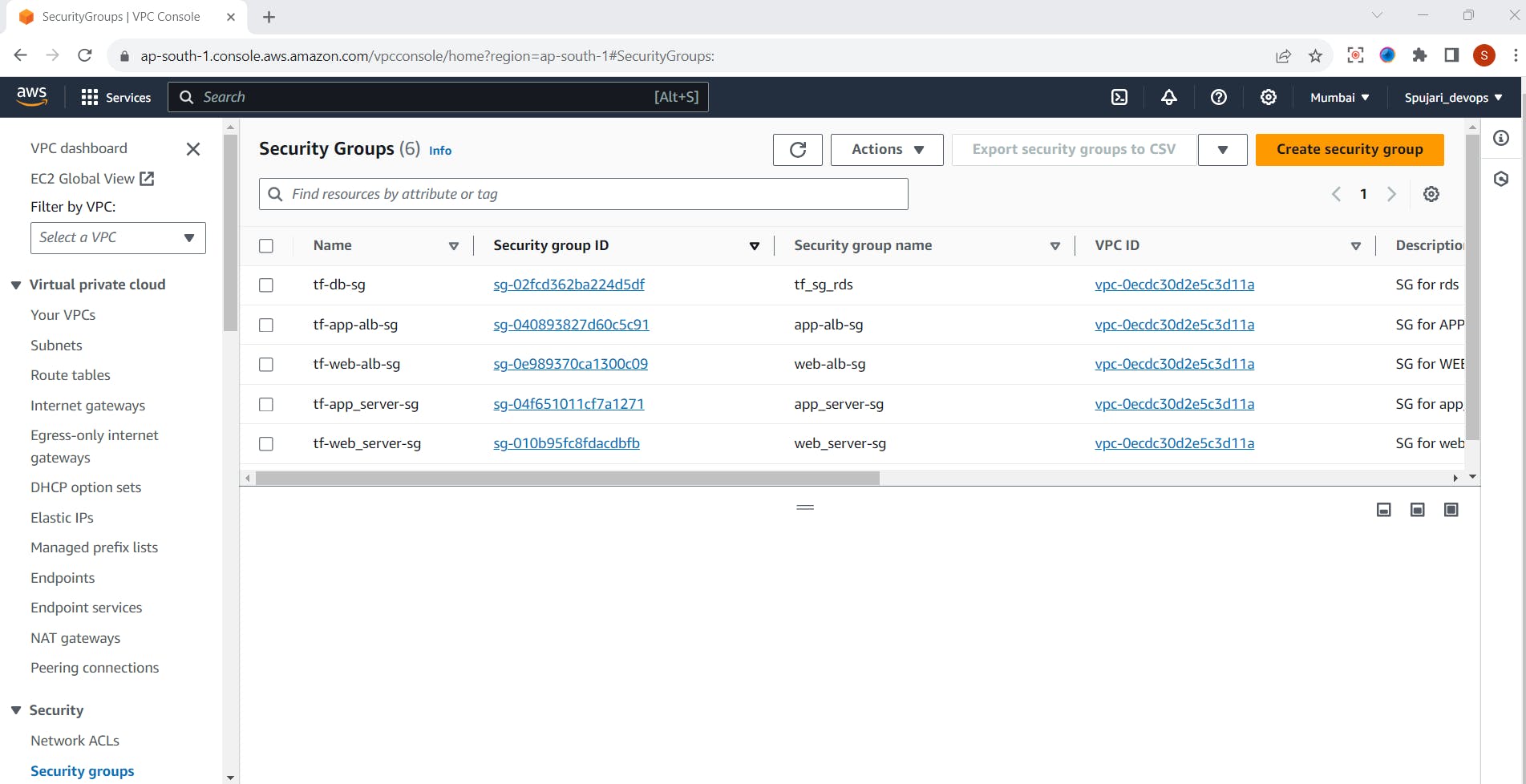
Target Group
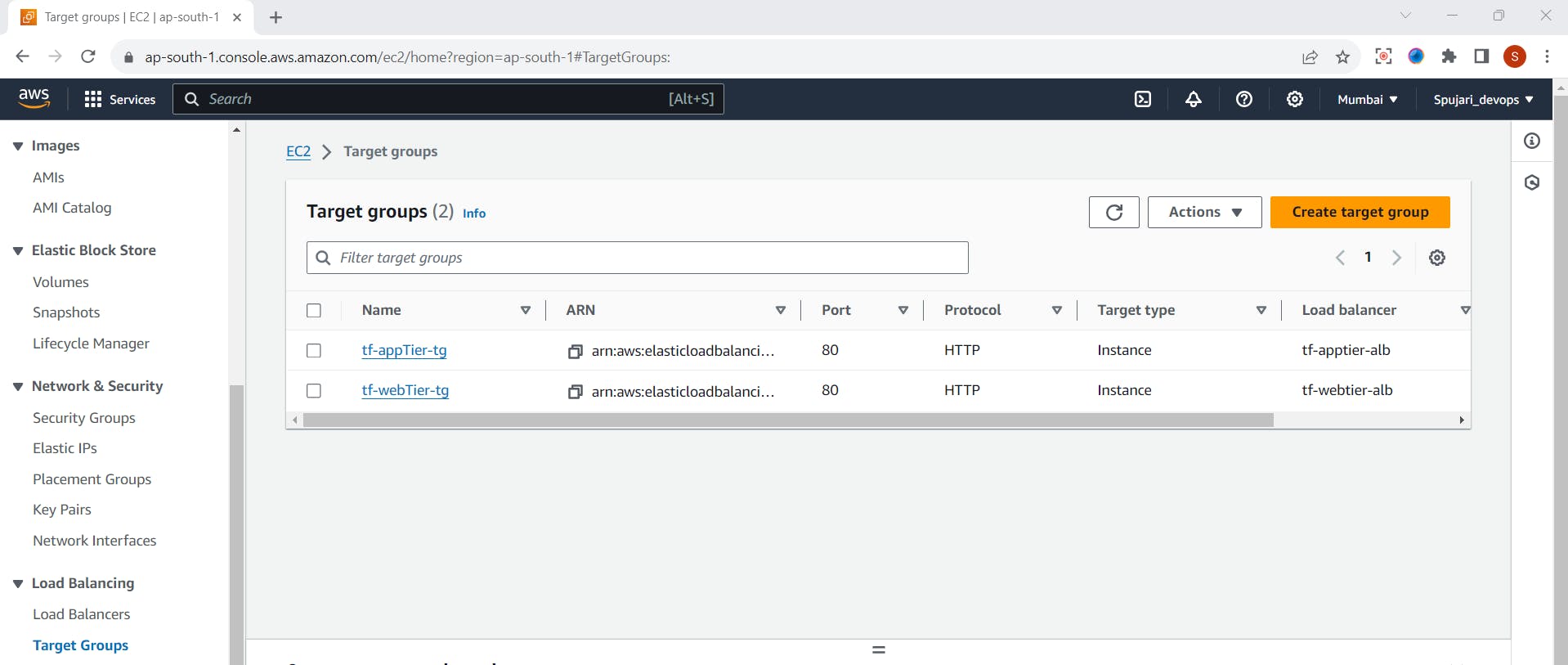
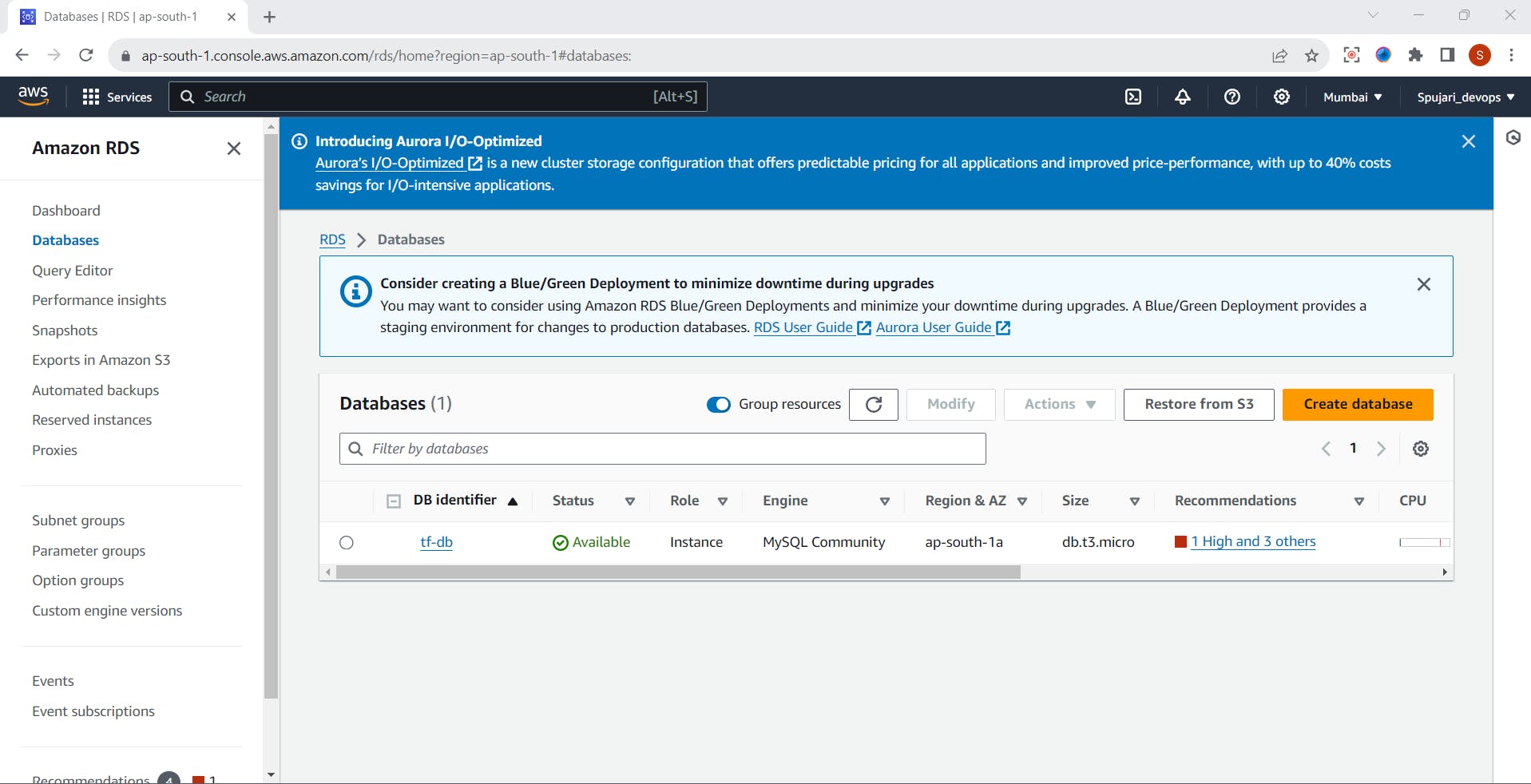
RDS instance for data storage

DynamoDB
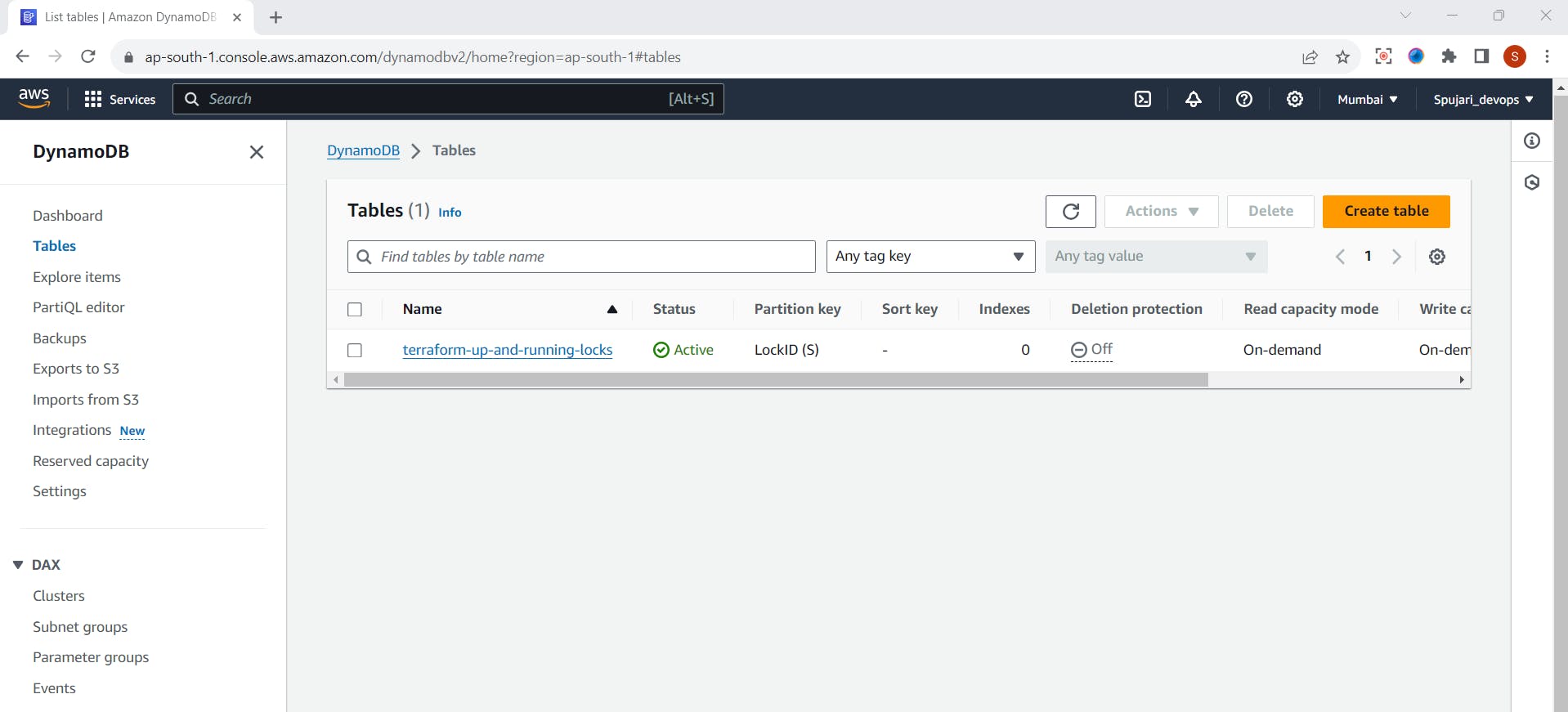
S3 Bucket

Web-Tier ALB Connection Checking:
To check if our Application Load Balancer (ALB) is working correctly, let's do this:
Go to the public DNS of our ALB->Copy DNS URL
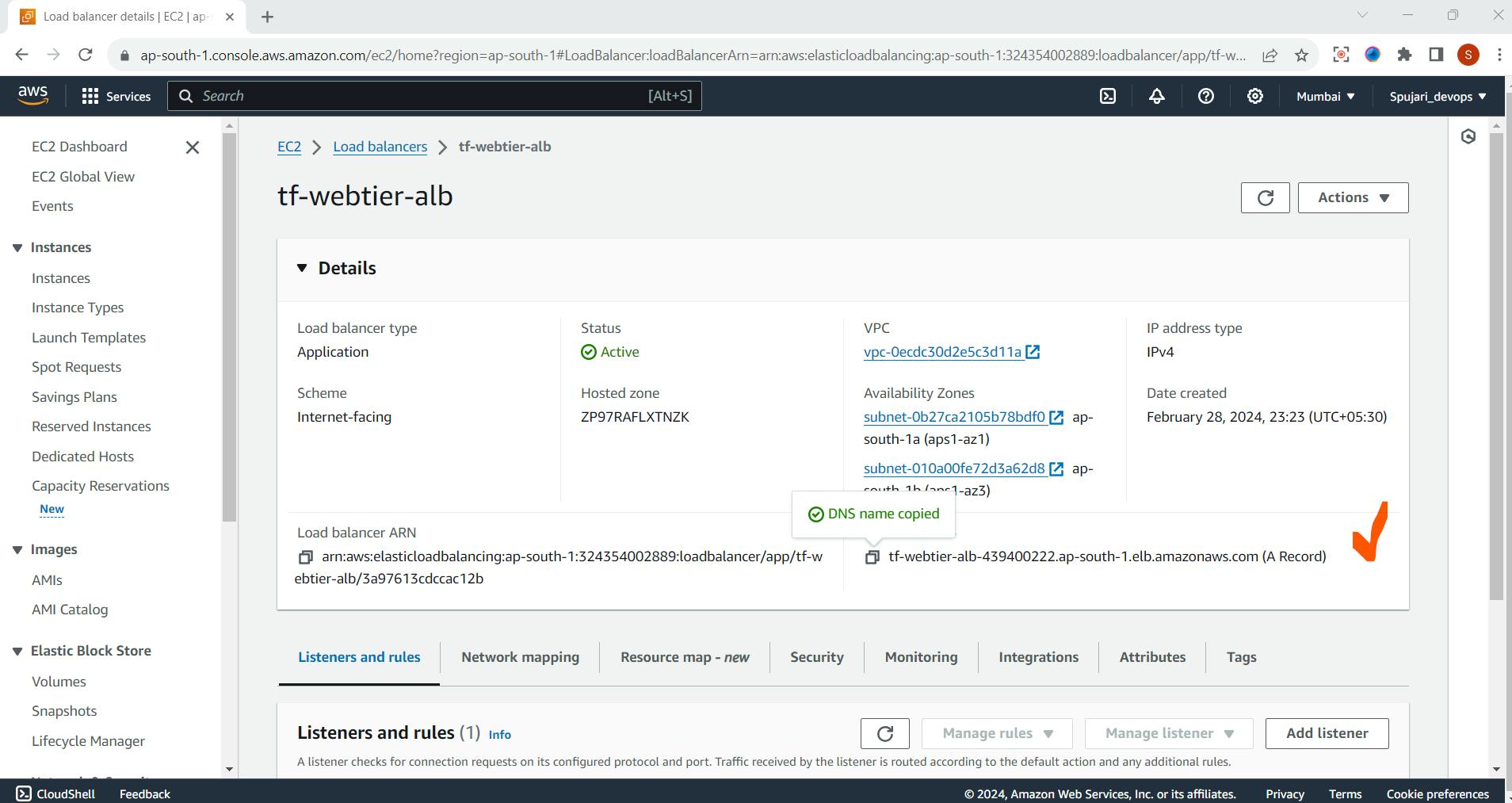
We should be able to see the website we set up when we created our EC2 launch template.->Paste in browser
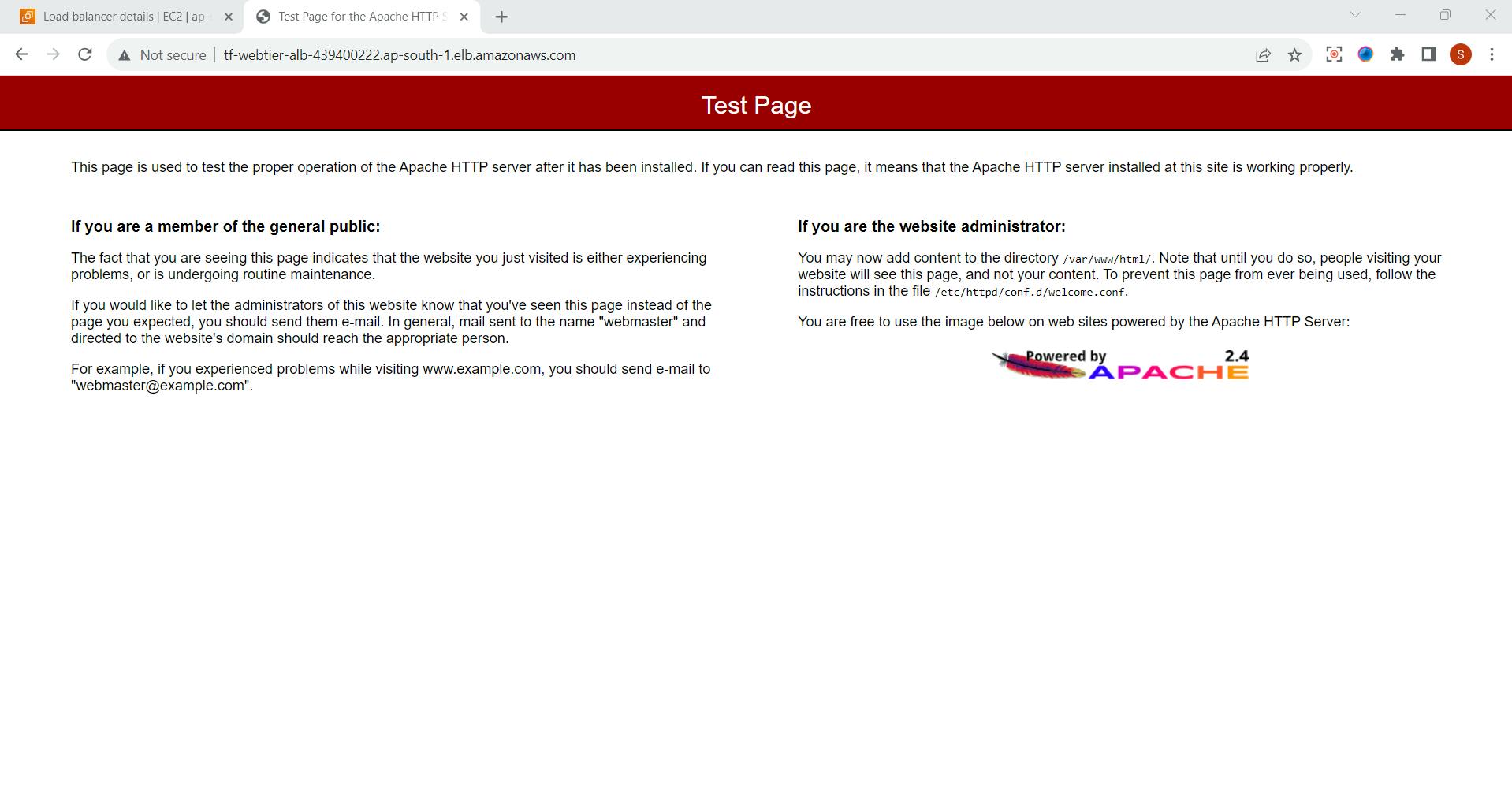
Note:
You can find all of the Terraform code used in this tutorial on the following GitHub repository:
https://github.com/sprasadpujari/Terraform_Projects/tree/main/Project_Terraform_3-tier
Conclusion: Implementing a 3-tier architecture on AWS using Terraform involves carefully setting up each layer, configuring networking, security, and deploying resources. Terraform simplifies this process by allowing infrastructure as code, making it reproducible and manageable.
Thank you for joining me on this journey through the world of cloud computing! Your interest and support mean a lot to me, and I'm excited to continue exploring this fascinating field together. Let's stay connected and keep learning and growing as we navigate the ever-evolving landscape of technology.
LinkedIn Profile: https://www.linkedin.com/in/prasad-g-743239154/
Feel free to reach out to me directly at spujari.devops@gmail.com. I'm always open to hearing your thoughts and suggestions, as they help me improve and better cater to your needs. Let's keep moving forward and upward!
If you found this blog post helpful, please consider showing your support by giving it a round of applause👏👏👏. Your engagement not only boosts the visibility of the content, but it also lets other DevOps and Cloud Engineers know that it might be useful to them too. Thank you for your support! 😀
Thank you for reading and happy deploying! 🚀
Best Regards,
Sprasad
